Taco ‘bout Flavor: 7 Must-Try Mexico National Food Dishes You Can’t Miss!
Description
When you think of Mexico national food, tacos probably come to mind — and for good reason! But there’s a whole world of flavor beyond that folded tortilla. In this blog post, we’ll take a flavorful journey through the spice-laden streets of Mexico and uncover seven iconic dishes that define its rich culinary heritage.
Table of Contents
- Introduction
- Top 7 Mexico National Food Dishes
- Spice Breakdown: What Makes Mexican Food So Special?
- Pro Tips: How to Cook Like a Local Abuela
- Conclusion
Why Mexican Cuisine Is More Than Just Spice
Mexican cuisine isn’t just about fire and heat — it’s about depth, balance, and centuries-old traditions passed down through generations. From smoky chipotles to earthy cumin, every ingredient tells a story. Whether you’re a seasoned chef or a curious foodie, this guide will spice up your knowledge and your kitchen!
Top 7 Mexico National Food Dishes You Need to Know
Let’s dive into the real deal — the most iconic dishes that represent the heart and soul of Mexico on a plate.
1. Tacos al Pastor
If there's one dish that screams “Mexico” louder than a mariachi band at midnight, it’s Tacos al Pastor. Inspired by Lebanese immigrants’ shawarma, these marinated pork tacos are cooked vertically on a spit, then sliced fresh onto corn tortillas and topped with pineapple, cilantro, and onion.
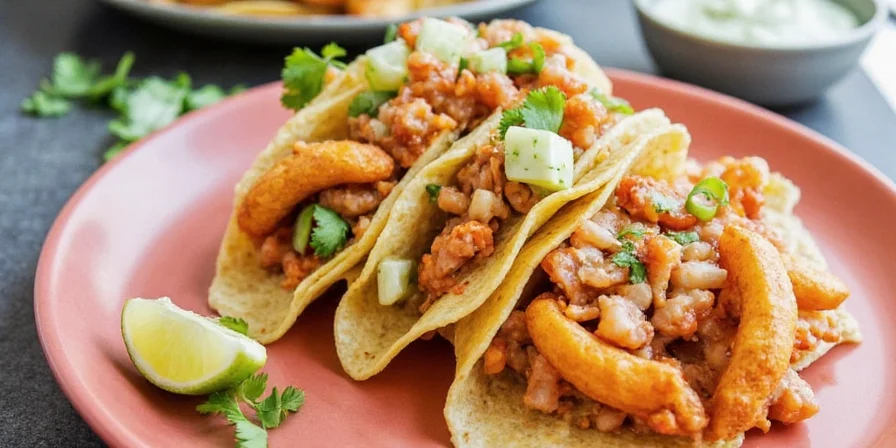
2. Mole Poblano
A symphony of flavor in a single sauce — that’s what Mole Poblano is. This dark, rich sauce blends chocolate, chili peppers, nuts, and spices like cinnamon and cloves. It’s often served over turkey or chicken and is the star of many celebrations.

3. Chiles en Nogada
Looking for a dish as patriotic as it is delicious? Enter Chiles en Nogada — stuffed poblano chilies covered in a creamy walnut sauce and garnished with pomegranate seeds and parsley, mimicking the colors of the Mexican flag. Served during Independence Day, it’s a seasonal gem.
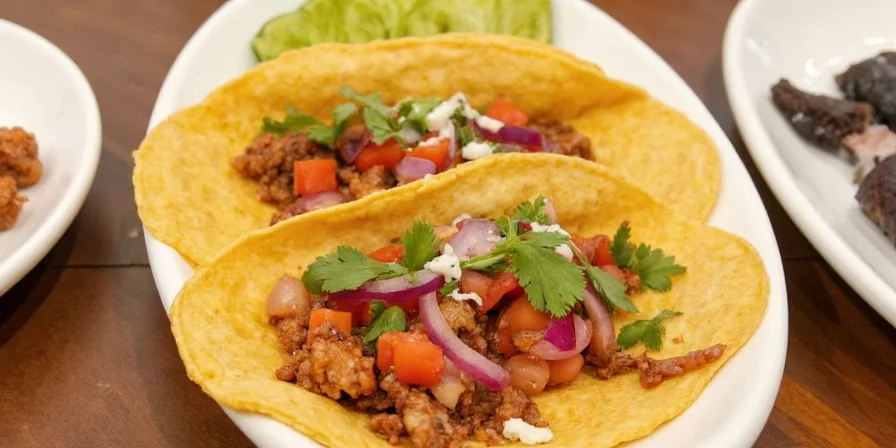
4. Pozole
This hearty hominy-based soup has ancient roots. Traditionally made with pork or chicken and garnished with lettuce, radishes, avocado, and lime, Pozole is comfort food at its finest. Red, green, or white — pick your style!
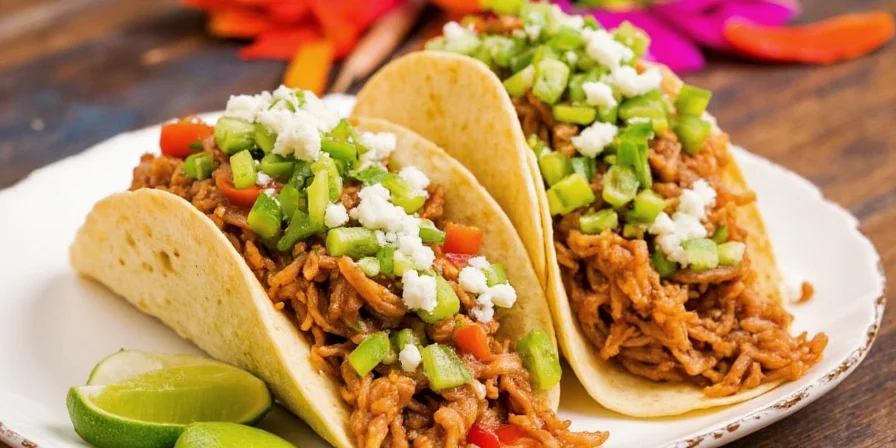
5. Tamales
No Christmas or family gathering in Mexico is complete without Tamales. These steamed bundles of masa dough filled with meats, cheeses, or veggies are wrapped in corn husks and slow-cooked to perfection.
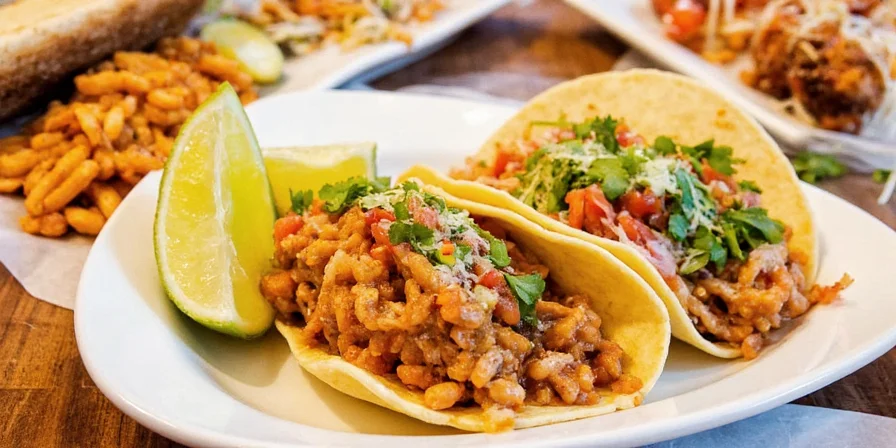
6. Enchiladas
Roll, dip, and savor — that’s the life of an Enchilada. Corn tortillas rolled around fillings like cheese, chicken, or beans, then drenched in chili sauce and baked until bubbly. Top with crema, queso fresco, and onions for extra flair.
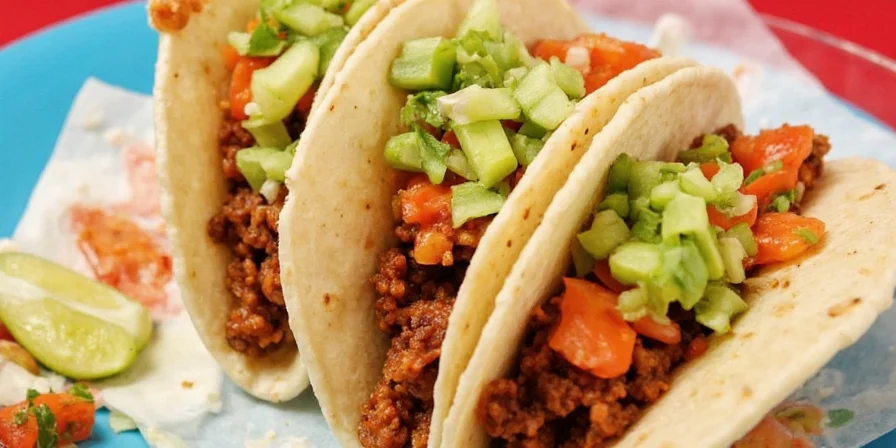
7. Guacamole
While technically a side dish, Guacamole deserves top billing for its simplicity and explosive flavor. Made with ripe avocados, lime, cilantro, onions, and jalapeños, this creamy dip is pure magic.
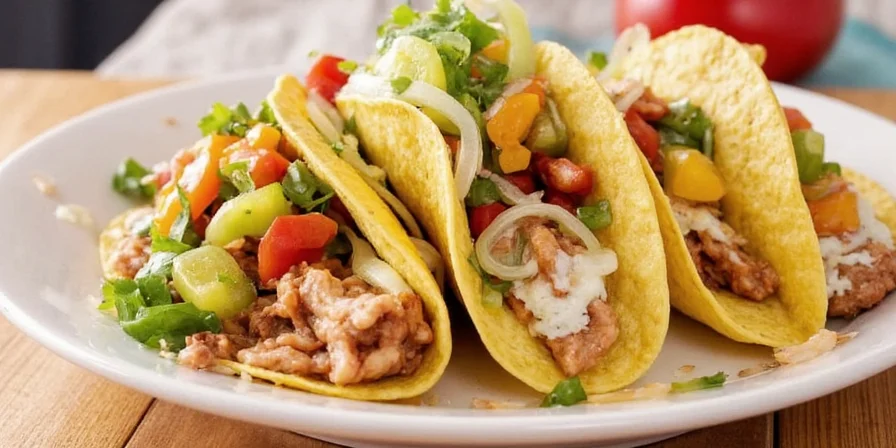
| Dish | Main Ingredients | Heat Level | Serving Occasion |
|---|---|---|---|
| Tacos al Pastor | Pork, pineapple, tortillas | Mild to medium | Daily street food |
| Mole Poblano | Chocolate, chili, spices | Mild | Festive events |
| Chiles en Nogada | Poblano, walnuts, fruit | Very mild | National holidays |
| Pozole | Hominy, meat, herbs | Medium | Family gatherings |
| Tamales | Masa, filling, lard | Varies | Special occasions |
| Enchiladas | Tortillas, sauce, meat | Medium | Casual meals |
| Guacamole | Avocado, lime, chili | Mild to spicy | All-purpose dip |
Spice Breakdown: What Makes Mexican Food So Special?
Mexican cuisine owes much of its identity to its masterful use of spices and chilies. Unlike other cuisines that focus solely on heat, Mexican food is all about balance — smoky, sweet, bitter, salty, and yes, spicy — each component plays a role.
Key Spices & Their Roles
- Chili Peppers: From the mellow poblano to the fiery habanero, chilies bring both color and heat.
- Cumin: Adds an earthy warmth that grounds many dishes, especially in moles and meats.
- Oregano (Mexican): More citrusy and floral than Mediterranean oregano, perfect for salsas and marinades.
- Cinnamon: A surprise player in mole sauces and desserts, adding subtle sweetness.
- Garlic & Onion: The aromatic duo that builds the foundation of countless recipes.
Common Chili Varieties in Mexican Cooking
| Chili | Flavor Profile | Use Case | Heat Level (SHU) |
|---|---|---|---|
| Jalapeño | Grassy, slightly fruity | Salsas, nachos, guacamole | 2,500–8,000 |
| Poblano | Earthy, mildly hot | Stuffed chilies, rajas | 1,000–2,000 |
| Ancho | Smoky, raisin-like | Moles, soups | 1,000–2,000 |
| Chipotle | Smoky, intense | Salsas, meats | 5,000–10,000 |
| Habanero | Fruity, fiery | Yucatán dishes, hot sauces | 100,000–350,000 |
Pro Tips: How to Cook Like a Local Abuela
Want to recreate authentic Mexican flavors at home? Here are some practical tips from real-life abuelas (grandmas) and professional chefs alike:
- Roast Your Chilies: Enhance flavor by lightly charring them over an open flame before peeling and using in sauces or salsas.
- Toast Your Spices: A quick toast in a dry pan unlocks deeper, nuttier flavors in spices like cumin and coriander.
- Make Your Own Tortillas: Fresh corn tortillas made from masa harina elevate any taco or enchilada. Try making a batch!
- Braise Slowly: Traditional dishes like mole or pozole benefit from low-and-slow cooking. Patience pays off in flavor.
- Add Citrus: A squeeze of lime can brighten even the richest mole or stew — never skip it!
- Don’t Over-Salt: Many traditional ingredients (like cheeses and salsas) are already salty. Taste as you go!
- Use Fresh Herbs: Cilantro and epazote bring freshness and authenticity. Don’t substitute dried unless necessary.
Conclusion: Embrace the Heat, Honor the Heritage
Mexico national food is more than just a meal — it’s a celebration of culture, history, and the art of flavor blending. Whether you're savoring a taco al pastor on the street or crafting your own mole at home, every bite connects you to centuries of tradition.
So next time you see a chili pepper, don’t fear the spice — embrace it. After all, food in Mexico isn’t just eaten; it’s experienced, shared, and loved.

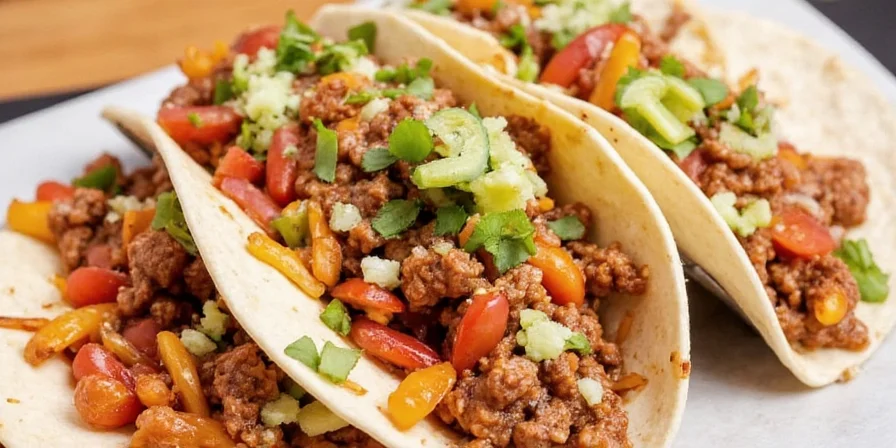









 浙公网安备
33010002000092号
浙公网安备
33010002000092号 浙B2-20120091-4
浙B2-20120091-4